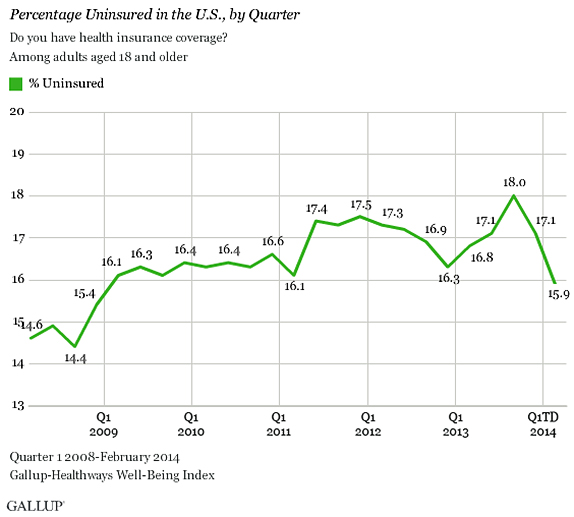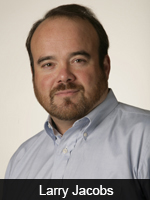
Next week is the deadline to sign up for health insurance under the nation’s new health care law and, once again, the rhetoric is heating up, both pro and con. Last week, Larry Jacobs, professor and chairman of the Humphrey School of Public Affairs at the University of Minnesota, entered these troubled waters here in New Mexico, bringing a fresh, analytical look at the implementation of the Affordable Care Act not just here, but throughout the country.
deadline to sign up for health insurance under the nation’s new health care law and, once again, the rhetoric is heating up, both pro and con. Last week, Larry Jacobs, professor and chairman of the Humphrey School of Public Affairs at the University of Minnesota, entered these troubled waters here in New Mexico, bringing a fresh, analytical look at the implementation of the Affordable Care Act not just here, but throughout the country.
Jacobs spoke in Albuquerque, his presentation sponsored by UNM’s Robert Wood Johnson Center for Health Policy and the Scholars Strategy Network.
First things first: “We won’t be able to have a sensible conversation about health care reform for years,” says Jacobs, who does not pay much heed to opponents who are still convinced the web site is a boondoggle; it is costing jobs and it will be rolled back after the next election. Jacobs points to several recent developments:
•The ranks of the uninsured are already shrinking, from 18% down to 15.9 % as people sign up, according to a recent Gallup poll. Nationwide 13-14 million more people now have health insurance, according to the Congressional Budget Office (CBO) figures from February of this year. The CBO estimates that now that the federal exchange web site has been fixed there will be more rapid uptake, with new enrollees reaching 26 million by 2018.
•Republican governors are not all hostile to the idea, with eight (including Governor Martinez) opting to expand Medicaid. Some Republican holdouts facing re-election fights this year are scrambling for political cover as they try to defend their decision to health care providers and consumers. Other conservative Republican states – like Idaho and Utah—have established exchanges as a matter of states’ rights.
And the Affordable Care Act has a bizarre structure. It gives the states a great deal of power (much more than most federal laws) to opt in or out of Medicaid and to establish exchanges on their own—or not. But if they do not establish a state exchange, for example, the default is a federal exchange—an ideological conundrum for a conservative who wants state—not federal—control of health care decisions. Not expanding Medicaid is also a conundrum, given the economic loss this decision means for states hungry for federal funds and jobs in the hospital and health care sectors. Time is on the side of the Affordable Care Act.
• The federal website is fixed. It was a disaster in Oct.-Nov. 2013 but it now works.
• Public opinion is shifting. In spite of the barrage of political criticism and the administration’s self inflicted wounds, once they know what it’s about, 60% of voters want to keep or expand health care reform, according to a Kaiser tracking poll taken Feb. 11-17. The trouble with poll data in this area, says Jacobs, is that generally the public doesn’t know what’s in the law, and so when pollsters have asked “do you like Obamacare,” people say no. But when asked about its components, people are overwhelmingly in favor of things like a ban on insurance companies denying coverage on the basis or preexisting conditions or charging women more than men for the same procedure.
With time, and outreach efforts, knowledge will expand support. The public will experience the components they favor, thus increasing acceptance.
All in all, says Jacobs, the Affordable Care Act has provided a new starting point for the never-ending process of health care reform—a process, which he says, will go on for decades. Another major reform, now accepted as a “given” in American life is Social Security. Introduced in 1935, Jacobs reminds us that it took four years to revise the financing. The program was then suspended during WWII and controversial when it was restarted afterwards. But by the time Nixon administration introduced cost of living increases in the earl 1970s it had become the “third rail” in American politics, which no politician could alter without electoral consequences.



Responses to “Political Science to the Rescue: A Scholar’s Look at the Status of Healthcare Reform”